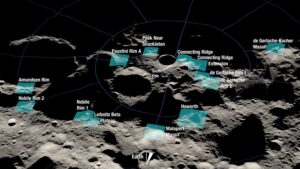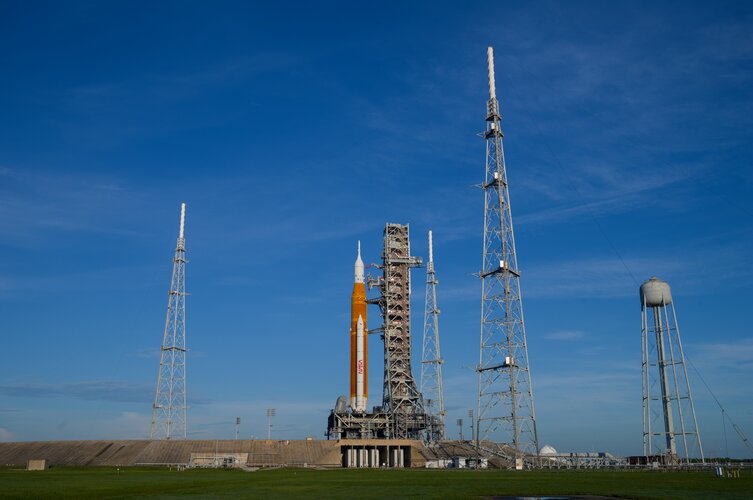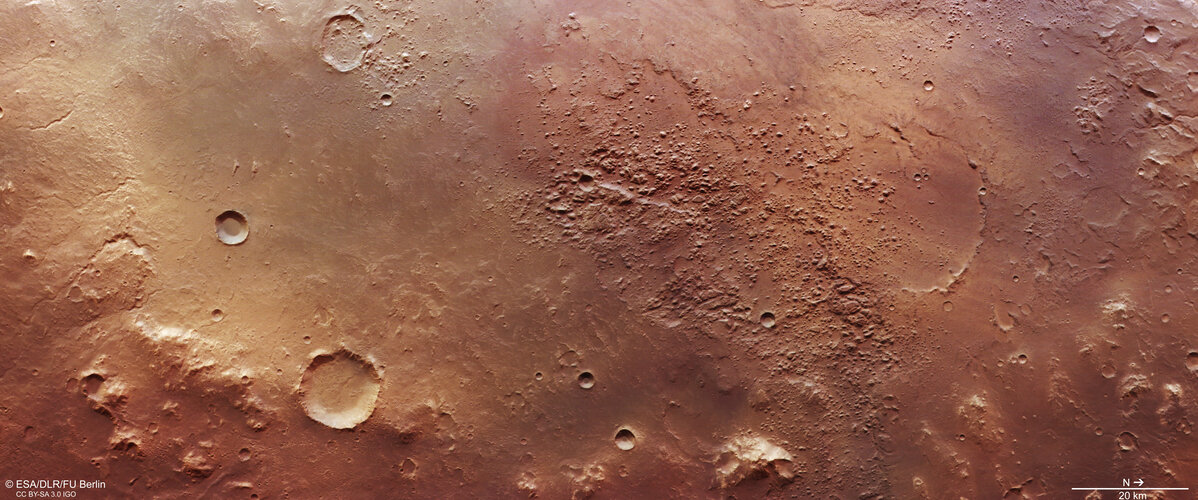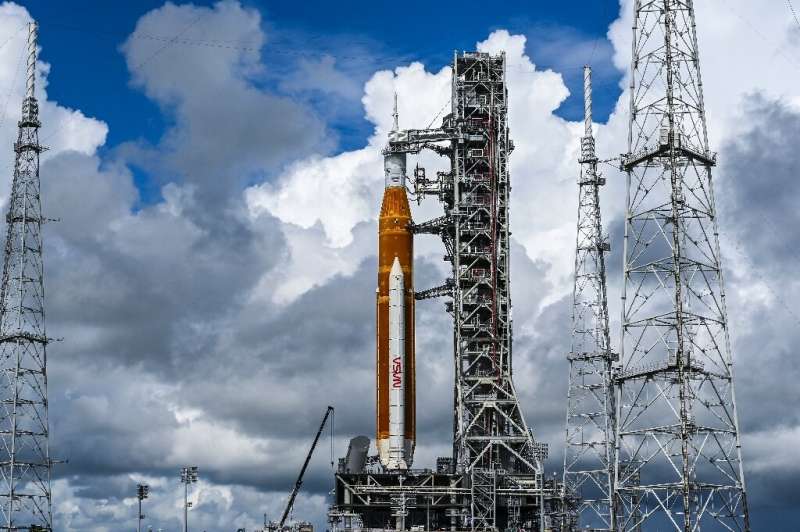Nontoxic material found to be ultra-strong solar energy harvester
Wednesday, 31 August 2022 12:24 Solar cells are vital for the green energy transition. They can be used not only on rooftops and solar farms but also for powering autonomous vehicles, such as planes and satellites. However, photovoltaic solar cells are currently heavy and bulky, making them difficult to transport to remote locations off-grid, where they are much needed.
In a collaboration led by Imperial College London,
Solar cells are vital for the green energy transition. They can be used not only on rooftops and solar farms but also for powering autonomous vehicles, such as planes and satellites. However, photovoltaic solar cells are currently heavy and bulky, making them difficult to transport to remote locations off-grid, where they are much needed.
In a collaboration led by Imperial College London, Globalstar and Globalsat to Deploy IoT Solution for Monitoring of Renewable Energy Stations in Latin America
Wednesday, 31 August 2022 12:24 Globalstar (NYSE American: GSAT), has partnered with Globalsat Group to deploy a jointly developed IoT solution powered by Globalstar's satellite network designed to monitor renewable energy stations located in remote areas of Latin America. The initial deployment will include 23,000 devices throughout the region with an expectation of additional opportunities in the short term.
The energy
Globalstar (NYSE American: GSAT), has partnered with Globalsat Group to deploy a jointly developed IoT solution powered by Globalstar's satellite network designed to monitor renewable energy stations located in remote areas of Latin America. The initial deployment will include 23,000 devices throughout the region with an expectation of additional opportunities in the short term.
The energy Sols 3573-3574: Making up for Lost Contact Science
Wednesday, 31 August 2022 12:24 It was a busy day for the Curiosity uplink team! After our arm activity and data volume restrictions described by Lucy Thompson from last plan, we came in today with ~120% downlinked data performance and full permission to use MAHLI and APXS for contact science. Our small, ~11 m drive from Sol 3572 was successful and we arrived in front of some dark-toned, nodular rocks; our last chance at study
It was a busy day for the Curiosity uplink team! After our arm activity and data volume restrictions described by Lucy Thompson from last plan, we came in today with ~120% downlinked data performance and full permission to use MAHLI and APXS for contact science. Our small, ~11 m drive from Sol 3572 was successful and we arrived in front of some dark-toned, nodular rocks; our last chance at study Discovery of the oldest visible planetary nebula hosted by a 500 million year old galactic cluster
Wednesday, 31 August 2022 12:24 An international team of astronomers led by members of the Laboratory for Space Research (LSR) and Department of Physics at The University of Hong Kong (HKU), have discovered a rare celestial jewel-a so-called Planetary Nebula (PN) inside a 500 million-year-old Galactic Open Cluster (OC) called M37 (also known as NGC2099). This is a very rare finding of high astrophysical value. Their findings h
An international team of astronomers led by members of the Laboratory for Space Research (LSR) and Department of Physics at The University of Hong Kong (HKU), have discovered a rare celestial jewel-a so-called Planetary Nebula (PN) inside a 500 million-year-old Galactic Open Cluster (OC) called M37 (also known as NGC2099). This is a very rare finding of high astrophysical value. Their findings h Space tech: In Jilin, they build satellites
Wednesday, 31 August 2022 12:24 Over the past decade, Chen Maosheng and his team have manufactured satellites - a lot of them. They've built 53 Jilin-1 Gaofen-03 satellites, 43 of which have been launched and operated in orbit.
Chen, 37, chief Jilin-1 Gaofen-03 designer, began leading the team to scientific and technological breakthroughs in 2012, when he entered Changguang Satellite Technology, a State-owned enterprise
Over the past decade, Chen Maosheng and his team have manufactured satellites - a lot of them. They've built 53 Jilin-1 Gaofen-03 satellites, 43 of which have been launched and operated in orbit.
Chen, 37, chief Jilin-1 Gaofen-03 designer, began leading the team to scientific and technological breakthroughs in 2012, when he entered Changguang Satellite Technology, a State-owned enterprise NASA and China are eyeing the same landing sites near the lunar south pole
Wednesday, 31 August 2022 11:59
China and the United States have identified overlapping potential landing sites at the south pole of the moon as both countries ramp up their lunar exploration ambitions.
The post NASA and China are eyeing the same landing sites near the lunar south pole appeared first on SpaceNews.
Ursa Major wins $3.6 million U.S. Air Force contract to flight-qualify rocket engine
Wednesday, 31 August 2022 11:08
Rocket propulsion startup Ursa Major announced Aug. 31 it won a U.S. Air Force contract to support the development of the company’s Hadley liquid engine for small launch vehicles.
The post Ursa Major wins $3.6 million U.S.
U.S. looking to encourage more countries to join ASAT testing ban
Wednesday, 31 August 2022 09:56
As a second session of a United Nations working group on reducing space threats approaches, U.S. government officials say they’re looking for ways to encourage more countries to back a ban on anti-satellite weapon tests.
The post U.S.
Chinese megawatt-level space nuclear reactor passes review
Wednesday, 31 August 2022 09:31
A Chinese nuclear reactor for providing power and propulsion in outer space has passed a comprehensive performance evaluation, according to reports.
The post Chinese megawatt-level space nuclear reactor passes review appeared first on SpaceNews.
Artemis I launch postponed
Wednesday, 31 August 2022 08:44
Update 3 September, 18:45 CEST: The Artemis I mission to the Moon has been postponed. NASA teams attempted to fix an issue related to a leak in the hardware transferring fuel into the rocket, but were unsuccessful. A news conference will follow with updates, watch via https://www.nasa.gov/nasalive.
Teams are moving forward to the Moon with a second launch attempt of the Artemis I mission on Saturday, 3 September. The two-hour launch window starts at 20:17 CEST (19:17 BST).
Second try for the Artemis I Moon flight
Wednesday, 31 August 2022 08:44
Teams are moving forward to the Moon with a second launch attempt of the Artemis I mission on Saturday, 3 September. The two-hour launch window starts at 20:17 CEST (19:17 BST).
Chaotic crust contains clues to Mars’ watery past
Wednesday, 31 August 2022 08:00
Mars Express takes us over the Holden Basin – part of a region that is a high-ranking target in the search for signs of past life on the Red Planet. This image was taken on 24 April 2022 by the spacecraft’s High Resolution Stereo Camera.
New launch attempt Saturday for NASA's Moon rocket
Wednesday, 31 August 2022 06:40
NASA will make a second attempt to launch its powerful new Moon rocket on Saturday, after scrubbing a test flight earlier in the week, an official said Tuesday.
The highly anticipated uncrewed mission—dubbed Artemis 1—will bring the United States a step closer to returning astronauts to the Moon five decades after humans last walked on the lunar surface.
Mission manager Mike Sarafin, said the NASA team "agreed to move our launch date to Saturday, September the third."
Blastoff had been planned for Monday morning but was canceled because a test to get one of the rocket's four RS-25 engines to the proper temperature range for launch was not successful.
NASA repairs issue with Voyager 1 space probe
Wednesday, 31 August 2022 05:44 Engineers with NASA have repaired an issue with the space agency's Voyager 1 spacecraft, but have yet to identify the cause of the problem, officials confirmed on Tuesday.
The probe had been sending garbled data about its status, including information about its health and activities to mission controllers, despite otherwise operating normally.
NASA also said the rest of the probe
Engineers with NASA have repaired an issue with the space agency's Voyager 1 spacecraft, but have yet to identify the cause of the problem, officials confirmed on Tuesday.
The probe had been sending garbled data about its status, including information about its health and activities to mission controllers, despite otherwise operating normally.
NASA also said the rest of the probe New launch attempt Saturday for NASA's Moon rocket: official
Wednesday, 31 August 2022 05:44 NASA will make a second attempt to launch its powerful new Moon rocket on Saturday, after scrubbing a test flight earlier in the week, an official said.
Blastoff had been planned for Monday morning but was canceled because a test to get one of the rocket's four RS-25 engines to the proper temperature range for launch was not successful.
Mike Sarafin, mission manager of Artemis 1 at NASA,
NASA will make a second attempt to launch its powerful new Moon rocket on Saturday, after scrubbing a test flight earlier in the week, an official said.
Blastoff had been planned for Monday morning but was canceled because a test to get one of the rocket's four RS-25 engines to the proper temperature range for launch was not successful.
Mike Sarafin, mission manager of Artemis 1 at NASA, 
